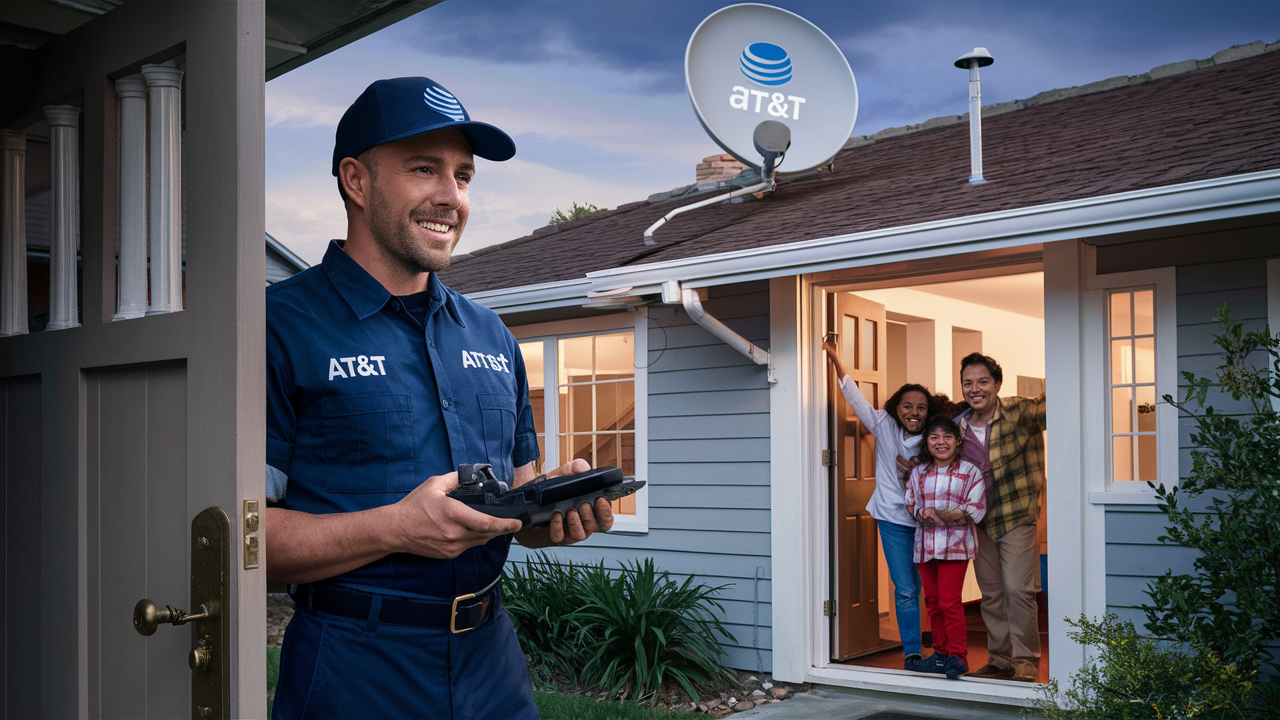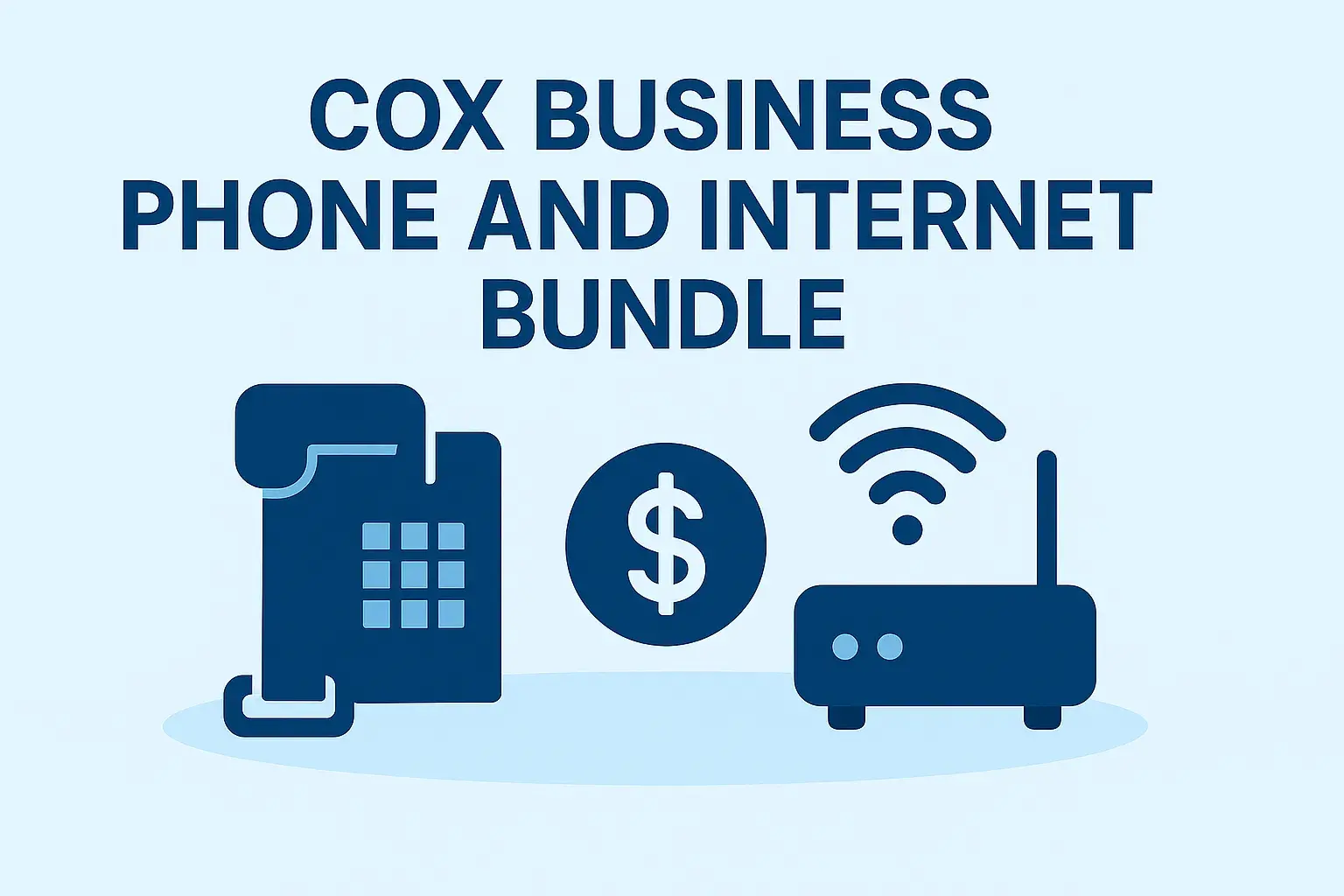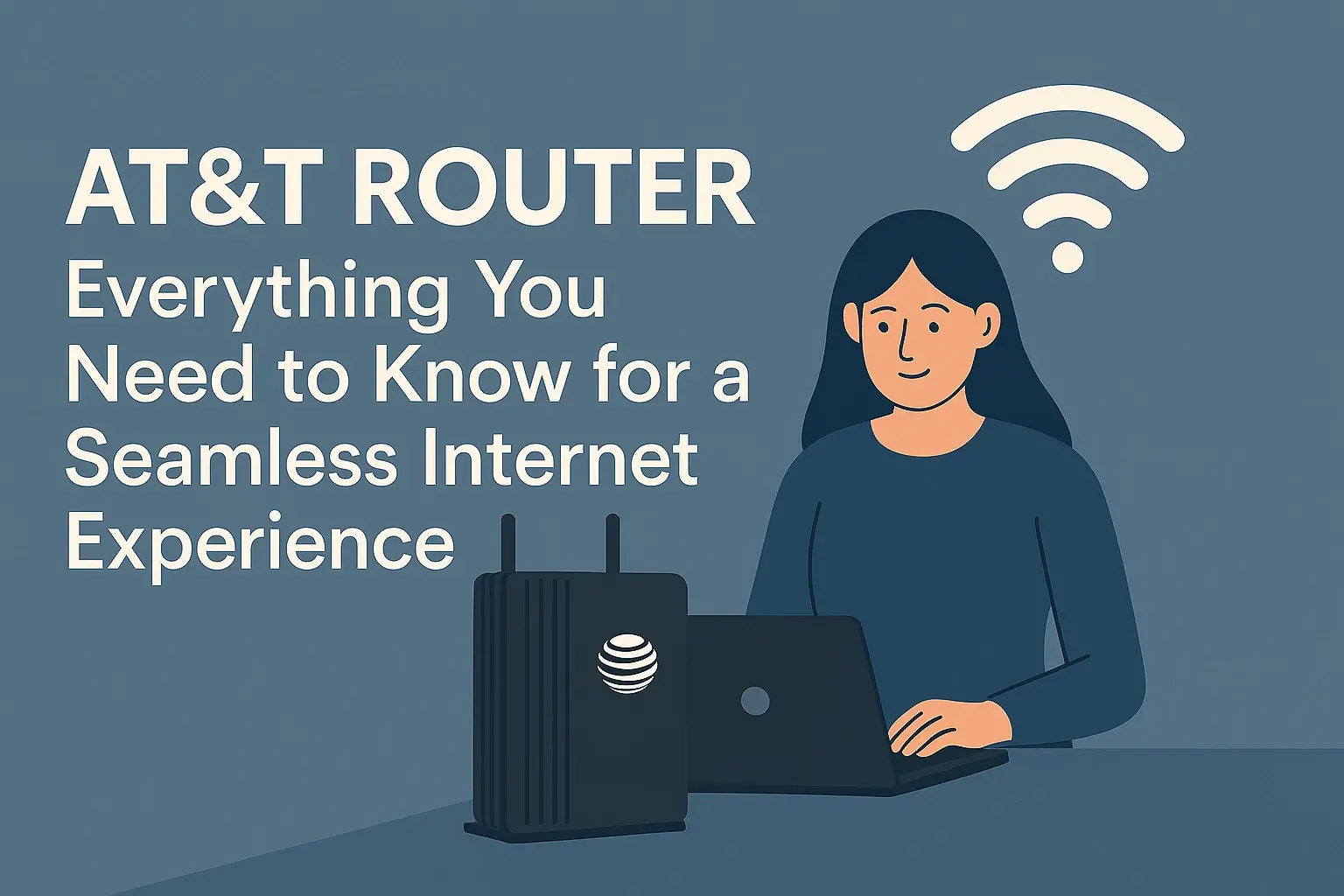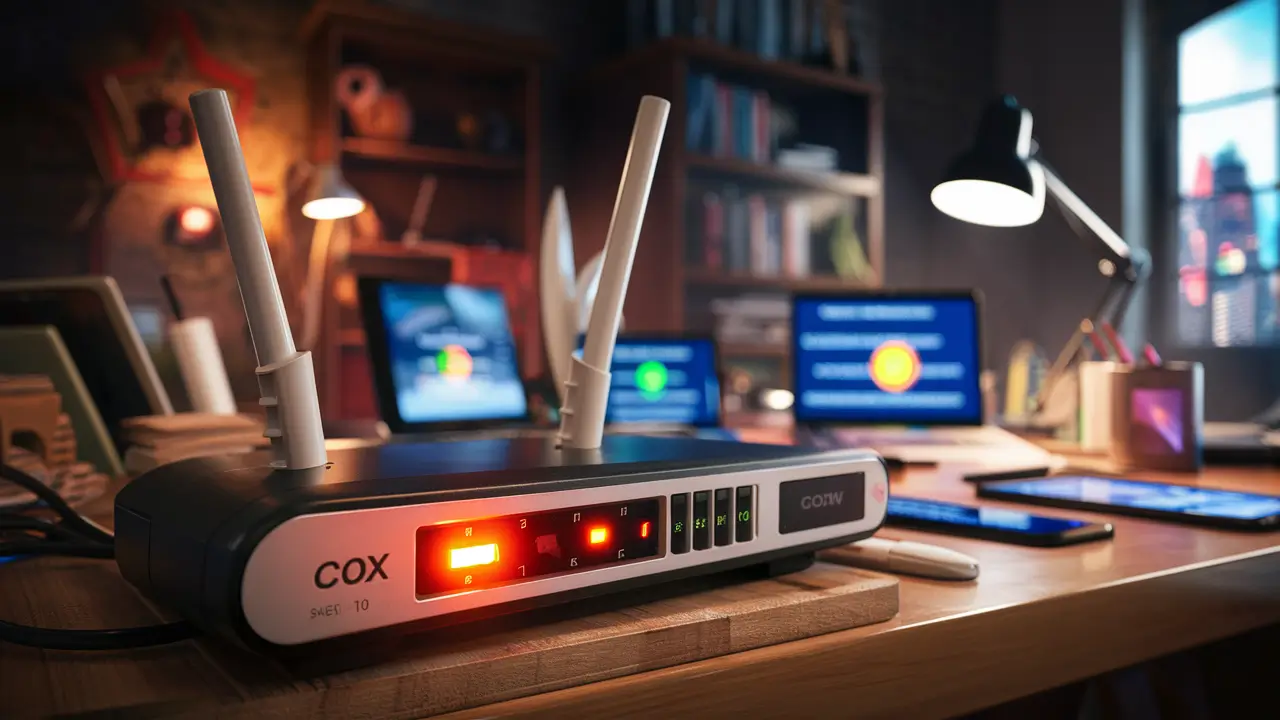
In today’s digital world, a reliable and fast internet connection is essential for everything from remote work to streaming and gaming. AT&T, one of the largest telecommunications providers in the United States, offers multiple internet services to meet diverse needs. Whether you’re considering AT&T Fiber for its blazing-fast speeds, AT&T Internet Air for its wireless convenience, or are curious about the legacy DSL service, understanding how these services connect to your home is key to choosing the right option. This comprehensive guide explores the connection methods, installation processes, benefits, and considerations for each AT&T internet service, helping you make an informed decision.
Understanding AT&T Internet Services
AT&T provides two primary internet services for residential customers: AT&T Fiber, a fiber optic-based service, and AT&T Internet Air, a wireless 5G service. Additionally, some existing customers may still use AT&T’s legacy DSL service, though it’s no longer available for new sign-ups. Each service connects to your home differently, with varying installation requirements and performance capabilities. The availability of these services depends on your location, so it’s crucial to check what’s offered at your address using AT&T’s availability checker at www.att.com/internet/availability/.
Below, we dive into the details of how each service connects to your house, including the technology, installation process, and benefits.
AT&T Fiber Connection
AT&T Fiber is the company’s premium internet service, offering speeds up to 5 Gbps and symmetrical upload and download performance. It’s ideal for households with high-bandwidth needs, such as 4K streaming, online gaming, or multiple users working from home.
How It Works
AT&T Fiber uses fiber optic cables, which transmit data as light signals through thin strands of glass or plastic. This technology allows for significantly faster speeds and higher bandwidth compared to traditional copper-based connections like DSL or cable. Fiber optics are also less prone to interference and signal degradation, ensuring a stable and reliable connection over long distances.
AT&T delivers fiber internet in two main configurations:
-
Fiber-to-the-Premises (FTTP): The fiber optic cable runs directly to your home, providing the fastest and most reliable connection.
-
Fiber-to-the-Node (FTTN): Fiber runs to a neighborhood node, with the final connection to your home made via copper wires. This is less common for AT&T Fiber, but it may apply in some areas.
Installation Process
Installing AT&T Fiber typically requires a professional technician, as it involves running fiber optic cables to your home and setting up specialized equipment. The process generally takes 4 to 6 hours and includes the following steps:
-
Initial Assessment: The technician evaluates the best route for the fiber optic cable, checking for existing utility lines or determining if new trenches are needed.
-
Running Fiber Cables: If your home lacks fiber infrastructure, the technician may need to lay new cables from a nearby AT&T facility or utility pole to your property. This could involve digging trenches, which AT&T will restore afterward.
-
Installing the Optical Network Terminal (ONT): The fiber cable connects to an ONT, a small box typically mounted on the exterior wall of your home. The ONT converts light signals into electrical signals for your home’s network.
-
Connecting to the Wi-Fi Gateway: A cable runs from the ONT to a Wi-Fi gateway inside your home. This gateway, provided by AT&T, combines modem and router functions to deliver internet and Wi-Fi throughout your house.
-
Wi-Fi Assessment: The technician performs an in-home Wi-Fi assessment to optimize gateway placement and recommend Wi-Fi extenders if needed for larger homes or to eliminate dead zones.
-
Activation and Testing: The technician activates the service and tests the connection to ensure it meets AT&T’s performance standards.
For homes already wired for fiber (e.g., in newer developments or apartments with previous fiber service), installation may be simpler, potentially allowing for self-installation if the necessary infrastructure is in place.
Benefits of AT&T Fiber
|
Feature |
Benefit |
|---|---|
|
High Speeds |
Speeds up to 5 Gbps support demanding activities like 4K streaming and gaming. |
|
Symmetrical Speeds |
Equal upload and download speeds are ideal for video calls and cloud backups. |
|
Reliability |
Fiber optics are resistant to weather and interference, ensuring consistency. |
|
No Data Caps |
Unlimited data allows worry-free streaming and downloading. |
|
Advanced Security |
AT&T ActiveArmor provides 24/7 proactive security at no extra cost. |
Considerations
-
Availability: AT&T Fiber is available in 22 states, but not everywhere. Check availability at www.att.com/internet/availability/.
-
Installation Time: The 4–6-hour installation may require scheduling and could involve minor disruptions, such as yard digging.
-
Cost: Plans start at $55/o., which may be higher than other options but competitive for fiber speeds.
AT&T Internet Air Connection
AT&T Internet Air is a fixed wireless service that uses the AT&T 5G network to deliver internet to your home. It’s a great option for areas where fiber isn’t available or for users who prefer a quick, cable-free setup.
How It Works
AT&T Internet Air relies on 5G wireless technology, connecting your home to the internet via AT&T’s cellular network. The service uses 5G or 4G LTE signals, depending on availability, to transmit data to an All-Fi Hub in your home. This hub acts as both a modem and router, broadcasting Wi-Fi to your devices. Speeds typically range from 90 to 300 Mbps, though actual performance depends on network congestion and your proximity to a 5G tower.
Installation Process
AT&T Internet Air is designed for easy self-installation, requiring no technician visit. The process is straightforward and can be completed in less than 15 minutes:
-
Receive the All-Fi Hub: AT&T ships you an All-Fi Hub, a compact device that connects to the 5G network.
-
Choose a Location: Place the hub in a central, elevated spot in your home, near a power outlet and away from obstructions for optimal signal reception.
-
Power On: Plug the hub into a power outlet. It automatically connects to the AT&T 5G network.
-
Set Up Wi-Fi: Use the AT&T Smart Home Manager app to configure your Wi-Fi network. The app guides you through setting a network name and password, and offers tools for managing your connection.
-
Test the Connection: Verify the internet is working by browsing or streaming on a device.
If you encounter issues, AT&T customer support is available at 1-800-288-2020 or online.
Benefits of AT&T Internet Air
|
Feature |
Benefit |
|---|---|
|
Easy Setup |
Self-installation takes minutes with no technician required. |
|
No Cables |
Wireless connection eliminates the need for physical wiring. |
|
Portability |
The All-Fi Hub can be moved to a new address within AT&T’s service area. |
|
Affordable Pricing |
Starts at $47/mo. With discounts for bundling with AT&T wireless plans. |
|
No Contracts |
Flexibility to cancel or change plans without penalties. |
Considerations
-
Speed Variability: Speeds depend on network conditions and may not match the fiber’s consistency.
-
Availability: Available in 47 states but limited to areas with strong 5G or LTE coverage.
-
Performance: May not suffice for heavy users with multiple streamers or gamers due to lower speeds compared to fiber.
Legacy DSL Connection
AT&T has phased out DSL for new customers, focusing on fiber and wireless technologies. However, some existing customers may still use DSL, so it’s worth understanding how it connects.
How It Works
DSL (Digital Subscriber Line) uses existing copper telephone lines to deliver internet. It operates at a higher frequency than voice calls, allowing simultaneous phone and internet use without interference. DSL is slower than fiber or 5G, with speeds typically ranging from 0.8 to 75 Mbps, and is considered outdated for modern high-bandwidth needs.
Installation Process
DSL installation was typically user-friendly, often done by the customer or a technician for older setups:
-
DSL Modem: Connect a DSL modem to your phone line using a telephone cable.
-
Line Splitter: Install a line splitter to separate voice and data signals, ensuring both services work simultaneously.
-
Connect Devices: Use an Ethernet cable to connect a computer to the modem or set up a Wi-Fi router for wireless access.
-
Activation: Activate the service using instructions provided by AT&T, often requiring an account number or phone number.
Note
Since AT&T stopped offering DSL to new customers in October 2020, existing DSL users may face limitations, such as data caps (1.5TB/mo) and no speed upgrades. Consider switching to AT&T Fiber or Internet Air if available.
Choosing the Right AT&T Internet Connection
Selecting the best AT&T internet service depends on several factors:
|
Factor |
Consideration |
|---|---|
|
Availability |
Use AT&T’s availability checker to confirm which services are offered at your address. |
|
Speed Needs |
Fiber is best for high-bandwidth activities; Internet Air suits basic browsing and streaming. |
|
Installation Preference |
Fiber requires professional installation; Internet Air offers quick self-setup. |
|
Budget |
Fiber plans start at $55/mo. Internet Air is more affordable at $47/mo. With discounts. |
|
Location Type |
Fiber is common in urban areas; Internet Air is ideal for rural or fiber-less regions. |
Customer Experiences
-
Positive Feedback: Users praise AT&T Fiber for its “hassle-free installation” and “blazing-fast speeds” (AT&T Customer Reviews). Internet Air users appreciate the “quick setup” and portability.
-
Challenges: Some report inconsistent Internet Air speeds (e.g., 10 Mbps in some locations, per CNET), and DSL users note slow speeds and data caps.
Comparison with Competitors
-
Vs. Spectrum (Cable): Spectrum offers no data caps and widespread availability but lacks fiber’s symmetrical speeds. Spectrum’s plans start at $30/mo. For 100 Mbps.
-
Vs. Verizon Fios (Fiber): Verizon Fios provides similar fiber performance but is limited to fewer states. Plans start at $49.99/mo. For 300 Mbps.
-
Vs. T-Mobile 5G Home Internet: T-Mobile’s 5G service is similar to Internet Air, with speeds up to 245 Mbps and a free trial, but AT&T’s fiber plans outperform both.
Conclusion
AT&T offers versatile internet connection options tailored to different needs and locations. AT&T Fiber provides unmatched speed and reliability through fiber optic cables, ideal for power users but requiring professional installation. AT&T Internet Air offers a convenient, wireless 5G solution with quick self-setup, perfect for areas without fiber or those seeking simplicity. While DSL is no longer available for new customers, existing users can still connect via copper lines, though upgrading is recommended. By checking availability and considering your speed, budget, and installation preferences, you can choose the AT&T service that best keeps you connected. Visit www.att.com to explore your options and get started.
FAQs
-
How do I check if AT&T Fiber is available in my area?
Visit www.att.com/internet/availability/ and enter your address to see available services. -
Can I install AT&T Internet Air myself?
Yes, Internet Air is designed for self-installation. Plug in the All-Fi Hub and set it up using the AT&T Smart Home Manager app in about 15 minutes. -
What happens if I move to a new house with AT&T internet?
For Fiber, contact AT&T to transfer service; a technician may need to install new cables. For Internet Air, take the All-Fi Hub to the new address and set it up, provided it’s in a covered area. -
Is AT&T DSL still available?
No, AT&T stopped offering DSL to new customers in October 2020. Existing DSL users can continue, but may face data caps and limited speeds. -
What equipment do I need for AT&T Fiber?
AT&T provides a Wi-Fi gateway (modem/router combo). Wi-Fi extenders ($10/m.) may be needed for larger homes. -
How fast is AT&T Internet Air?
Speeds range from 90 to 300 Mbps, depending on location and network conditions. Some users report higher speeds (up to 700 Mbps) on Reddit. -
Can I use my router with AT&T Fiber?
Yes, you can use your router by setting the AT&T gateway to IP Passthrough mode, though AT&T requires its gateway for network authentication. -
Does AT&T Fiber have data caps?
No, all AT&T Fiber plans include unlimited data, unlike some DSL plans with a 1.5TB/mo. Cap.






